Are you sick and tired of chasing around trying to solve a problem when your dirt bike isn't properly working? It's so easy to waste hours or days troubleshooting a bike issue when it could be something so simple.
I'm speaking from experience after owning dozens of used and abused dirt bikes over the years.
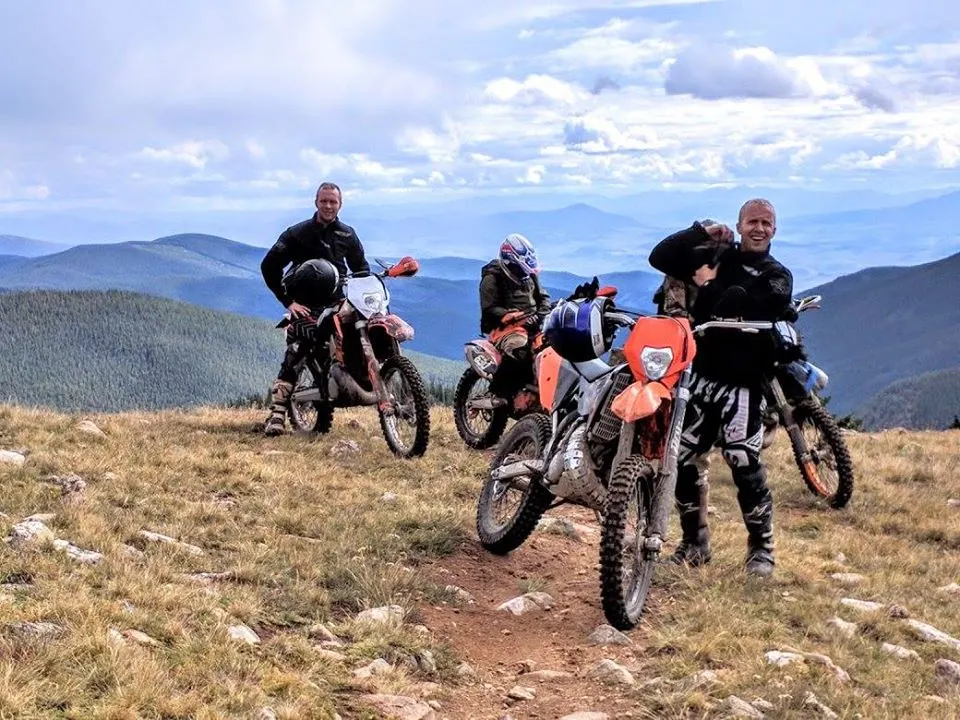
This is why I've put together this simple, yet helpful guide for you to troubleshoot and solve the most common problems most dirt bike owners run into. It covers the signs and symptoms of problems, as well as what caused the problem, and then how to fix it.
Why Am I Giving This Info Away For Free?
This guide to troubleshooting your dirt bike was included if you signed up for the Motocross Hideout email newsletter, but I have since decided to make it a public article.
This is because I created an even better guide to save you time and money so you can ride more.
I spent a good amount of time trying to figure out a slogan for Motocross Hideout that actually means something. I wanted it to be simple, yet profound and my goal for you and every other visitor. The slogan is "Learn More: Ride More".
It simply means that the more you learn about your dirt bike, by repairing or maintaining it, the more you'll be able to ride because your bike is in good running condition. It works the other way too. The more you ride your bike the more you'll learn about it and how to set up and tune things to your liking.
So How Do I Troubleshoot My Dirt Bike?
It's time to cover the most common problems that you will come across on your dirt bike(s). Below is the list of problems, and we'll cover each topic on how to find the cause, how to fix it and potentially prevent it from happening again.
- Bike Won't Start
- Bike Won't Idle
- Bogging
- Clutch Problems
- Leaking Gas
- Leaking Coolant
- Running After Sitting?
- 2 stroke Top-End Worn?
- Fouling Spark Plugs
- Glowing Red Head pipe
- Dirt Bike Overheating
- Is It Lean or Rich?
Bike Won't Start
Having a dirt bike that won't start is one of the most frustrating problems. All you want to do is ride and you simply can't until you figure out how to get it running again.
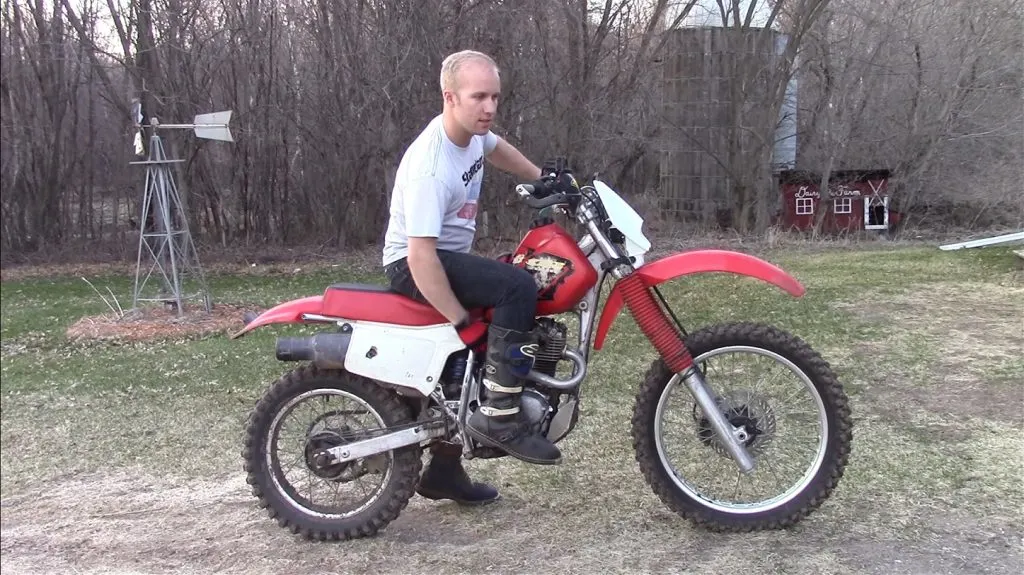
The most common reasons why your dirt bike won't start are:
- Dirty carb
- Bad gas
- Jetting is off
- Battery is weak/dead (electric start)
- Low compression
- No spark
- Dirty air filter
A dirty carb is a common problem. All it takes is letting your dirt bike sit for a few weeks and it can start gumming up.
The pilot jet is the most important jet circuit for starting your bike. It's also the smallest jet, so it gums up the easiest.
Simply cleaning or swapping out the pilot jet may solve your starting issue. If that doesn't work, you may need to do a proper carb cleaning job.
Bike Won’t Idle
There’s many reasons why your dirt bike might not be idling. The most common reasons are:
- Idle screw set too low
- Air/fuel screw needs adjustment
- Pilot jet is dirty
- Air filter is dirty
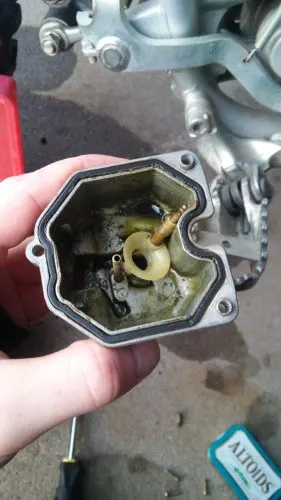
An idle set to low is an easy fix. Simply find the screw on the carb or throttle body and turn it in (clockwise) to bring the idle RPM up enough so that it won’t stall. Older air cooled dirt bikes may need a higher idle when cold. As the engine warms up you can turn the idle down.
The air screw (2 stroke) and fuel screw (4 stroke) on the carb finely tunes the mixture at 0-¼ throttle openings. Generally, a rich mixture will lower the idle and a lean mixture will raise the idle.
Make small adjustments
Adjust it a ¼ turn at a time to figure out where it idles best and has the best throttle response. Turning the air screw out on a 2 stroke carb will give it more air, making it leaner.
Turning the fuel screw out on a 4 stroke carb will give it more gas, making it richer.
A dirty air filter limits the amount of air that can get to the engine. This can create a rich air/fuel mixture, resulting in a slightly lower idle. Keeping a clean filter on your bike is also extremely important in protecting the longevity of the engine.
Bogging
Bogging is the hesitation you feel and hear with you turn the throttle. A well running and jetted dirt bike will not have any bog and have great throttle response at any RPM or throttle opening.
Bogging is often caused by a dirty or incorrectly jetted carburetor.
If your bike has sat for at least a few weeks with pump gas in it, the pilot jet circuit may be clogged. Cleaning the jet and/or carb can often fix this problem.
Proper float height is also critical before changing any jets. Make sure the float and needle are working properly and not sticking. The float should be parallel with the gasket surface of the carb body when checking it.
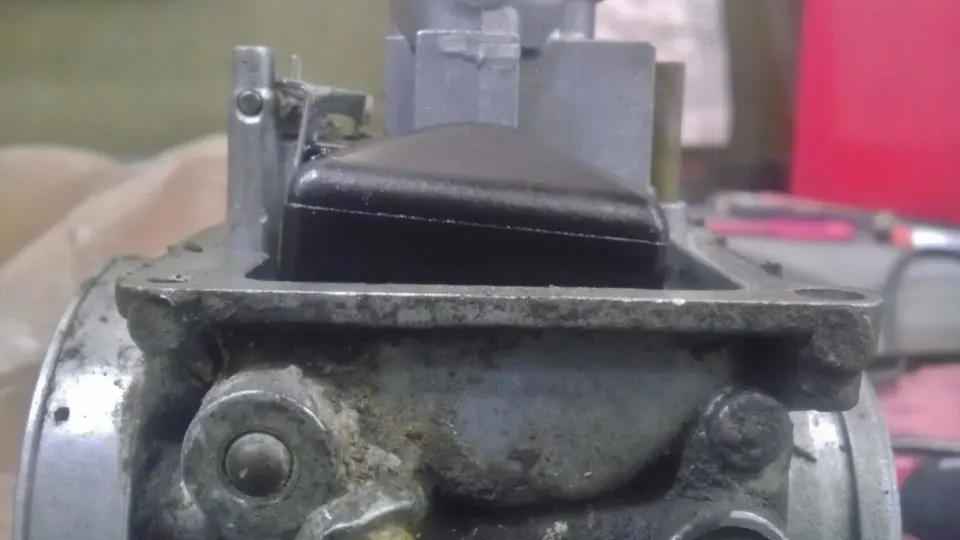
If the jetting is too lean it will bog when you turn the throttle. Is the bog at small throttle openings? Adjust the air/fuel screw or pilot jet.
Half throttle openings are generally needle and main jet related.
Clutch Problems
Is your clutch dragging or slipping? First, make sure the clutch cable is adjusted properly (hydraulic is self-adjusting, but some hydraulic clutches can have the preload adjusted on the perch).
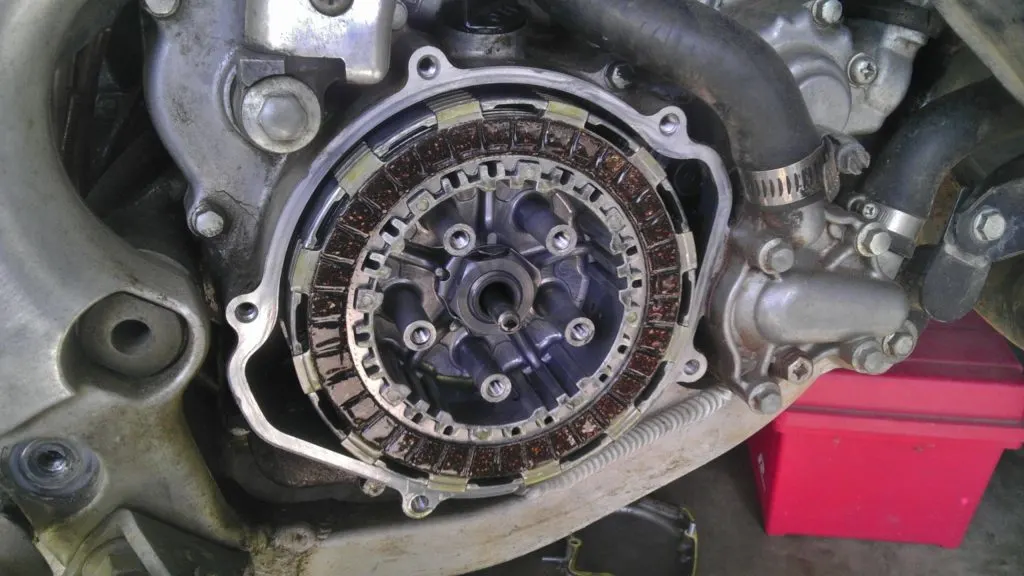
A dragging clutch is most commonly caused by an improperly adjusted cable, warped clutch plates, grooved clutch basket, or sticking plates due to old/wrong oil.
A slipping clutch is often caused by an improperly adjusted cable or worn clutch plates.
Leaking Gas
Gas leaks need to be fixed for a number of reasons. It can be dangerous and you lose gas, most notedly.

Cracks in the fuel line or leaking seals/gaskets are a common cause of a gas leak. The float bowl has a gasket or o-ring that can crack or not seal properly after old age.
A stuck or high float level also leaks gas out the overflow tube. A stuck float means the float needle is either dirty or worn out.
Leaking Coolant
Coolant can leak out of the radiator from cracks, as well as out the overflow tube.
A damaged radiator from a crash will crush or twist the radiator. If it leaks, welding will be required for a proper, long term repair after it’s been straightened.
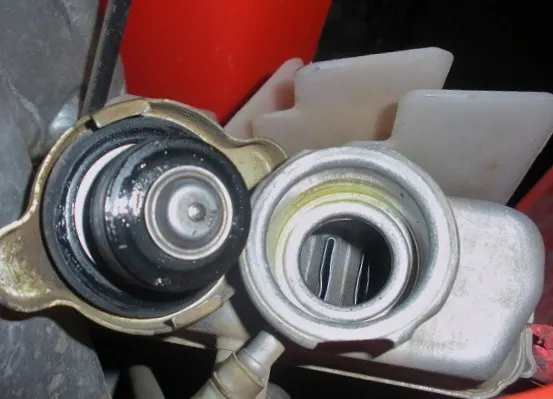
Coolant coming out the overflow is caused by a faulty radiator cap or the engine overheating. The cooling system is pressurized while the engine is running. A bad cap can’t hold the pressure because the seal is worn or too weak.
A blown head gasket or an overheating engine will cause coolant to spew out the overflow because it’s bubbling and boiling over.
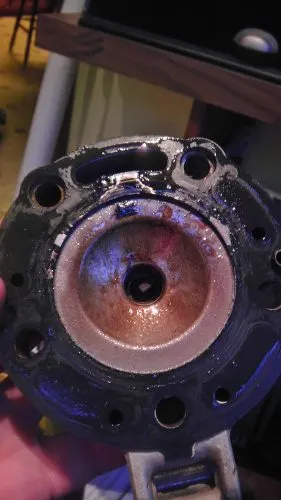
Keeping the engine cool is the key factor. Riding slow doesn’t allow much air to cool the radiator fins. Adding a radiator fan will help.
Slipping the clutch also heats up the engine. Learning proper clutch control and not allowing it to slip so much will reduce heat.
Fouling Spark Plugs
2 strokes tend to foul spark plugs more often than 4 stroke dirt bikes. With that said, fouling the plug is possible on any dirt bike engine.
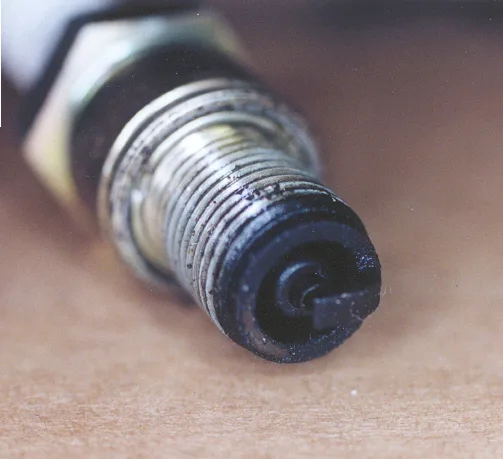
A fouled spark plug is most commonly caused by rich jetting, a dirty air filter, or a worn top-end.
Learning how to jet your carb or tune the fuel injection (if you have a newer bike) is an extremely beneficial skill. It’s easier than you think.
Rich jetting means that there’s more fuel than the engine can burn, so the unburnt fuel goes through the engine. This is why a fouled spark plug might look wet when you pull it out. Some black smoke may also come out the exhaust while riding if it’s too rich.
Dirt Bike Overheating
An overheating dirt bike will blow steam and coolant out the radiator overflow tube. It may also lose power.
Liquid cooled dirt bikes need air flowing past the radiators to cool the coolant down inside the fins. Riding slow and slipping the clutch a lot will create a lot of excess heat. Once the coolant reaches the boiling point, it will steam out the overflow.
Running a temp strip on the engine or radiator will let you know how hot it’s getting. A radiator cap with a temp sensor is also a good way to take a quick peek at the coolant temp while out riding.
Is It Lean Or Rich?
Jetting a carburetor is becoming a lost art with fuel injection starting to take over. But there’s still plenty of used dirt bikes with carbs that can be tuned for better power and efficiency.
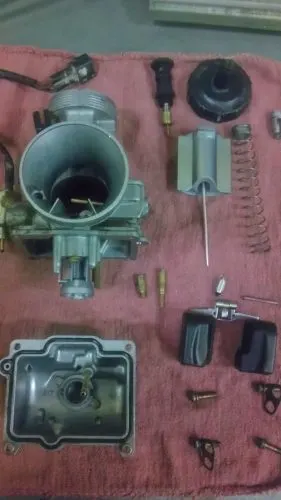
Jet tuning may take some experience to get it just right, but just taking some time to learn your bike is not that difficult. A simple jet change or air/fuel screw adjustment can turn a frustrating day of riding into a pleasant one.
Lean
First, learning the difference between a rich and lean jetted carb circuit is crucial. A lean bog will feel and sound like the engine is dying as it hesitates. Once it gets past the bog it feels almost snappy.
A lean pilot jet or air/fuel screw circuit will tend to idle high or have a hanging idle. It will also feel jerky at low throttle openings.
A lean main needle and main jet will start detonating under load while accelerating. This will be a “pinging” sound like there’s a tiny rattling in the engine. It may also have poor over rev/peak power.
Rich
A rich running bike will tend to sputter and hesitate. This is also referred to as “loading up” on a 2 stroke. If it’s rich and idles for too long then it will sputter and have poor throttle response until it “clears out” the excess fuel.
A rich pilot jet or air/fuel screw circuit will tend to idle low and might not stay running once the engine is fully warmed up. Throttle response will be poor and hesitate.
A rich needle and main jet circuit will also have poor throttle response and hesitate before it accelerates hard, if at all. It may smoke as well.
The Goal
The goal of jet tuning is to make it run as efficiently as possible. It’s difficult to make it perfect, and the last bit of tuning is actually personal preference. This mainly pertains to throttle response.
Going leaner will give you more of a “snappy” throttle response. Going richer will mellow out the throttle response.
A broad power-curve is generally the most efficient because it provides the most traction and is the easiest to ride.
Riding with confidence off-road - what does it take?
Learning proper riding technique so that you stay in control of the bike, rather than the bike controlling you. If you want to ride with confidence, click here to get started.


James
Saturday 4th of November 2023
I have an issue on a 2021 ttr 230, first start, bike runs, pulling clutch in fully, as soon as I engage1st gear, without releasing the clutch, the bike runs forward, now happening more regular. What could be the problem?
Kelley Fager
Sunday 5th of November 2023
Hey James, it sounds like the clutch cable may have worked its way loose. Do you have to pull the clutch lever in almost to your fingers before there's "tension"?